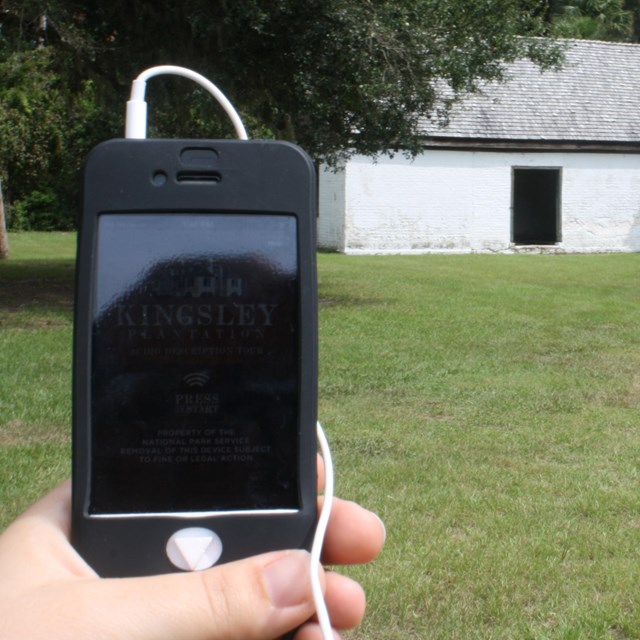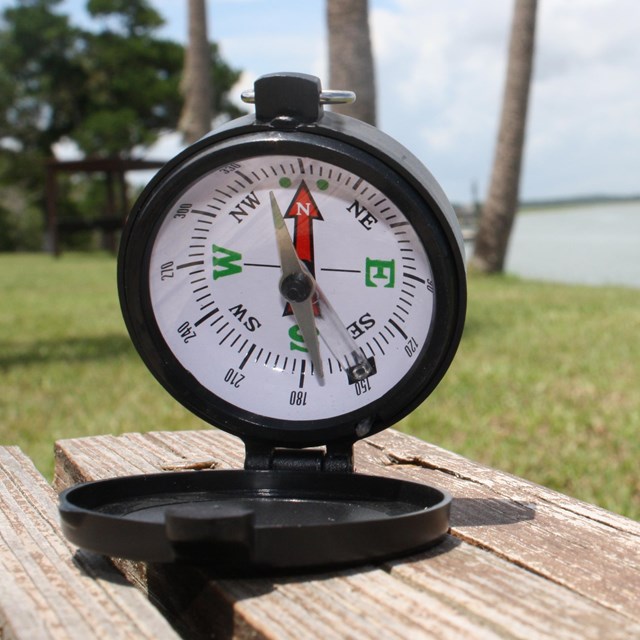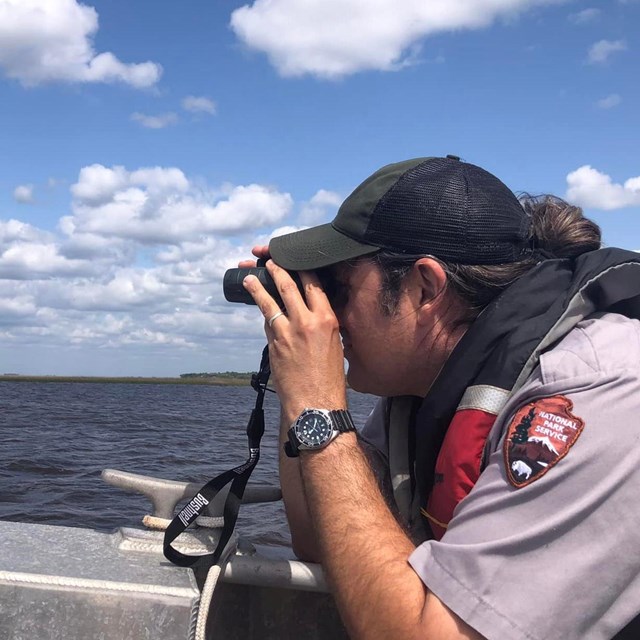Pick Your ProgramFort CarolineLife and Times of the Mocama Show-and-TellThe "Life and Times of the Mocama" education program provides an engaging and comprehensive overview of the Mocama, a group of Native American tribes from the coastal regions of present-day southeastern Georgia and northeastern Florida. This program is designed to educate students on various aspects of Mocama life, culture, and history through a structured, interactive approach. The Mocama (Timucua) thrived in a rich coastal environment that provided abundant resources. They lived in villages along rivers, estuaries, and the Atlantic coastline, utilizing the natural resources for sustenance. The region’s environment, characterized by lush forests, fertile land, and plentiful waterways, supported diverse wildlife and plant life, which the Mocama skillfully harvested through fishing, hunting, and agriculture. In this program, students will travel back in time to the land of Chief Saturiwa before the French and Spanish came. Utilizing replicas of Timucua technology, the Timucua Village exhibit, animal pelts and bones, students will gain insight into Native America of coastal Florida during this interactive program. Highlights include grinding corn into meal, learning about Mocama canoe construction, and learning how to create patterns in clay. Benchmarks Addressed: SS.1.A.2.1-Understand history Tells the story of people and events of other times and places.
Fate of the Fort Guided TourThe "Fate of Fort Caroline" education program is designed to provide an in-depth understanding of Fort Caroline, a French colonial fort located in present-day Jacksonville, Florida. This program covers the fort's historical significance, the events surrounding its establishment, and its impact on the region's history. The program aims to educate participants about the early European exploration and colonization efforts in North America during this guided tour of the visitor center and outdoor exhibit spaces. Special props will be staged in the visitor center to help students imagine what life was like during the 16th century. Benchmarks Addressed: SS.4.A.3.1 Identify explorers who came to Florida and the motivations for their expeditions. Kingsley PlantationVoices of the Silenced Guided TourThe "Voices of the Silenced" education program about slavery and archaeology focuses on uncovering and sharing the stories of enslaved people through archaeological evidence and historical research. This program aims to shed light on the lived experiences of enslaved individuals, often overlooked in traditional historical narratives. Key components of the program include archaeological findings, historical context, and personal narratives. Through the examination of artifacts, structures, and other physical remnants this program provides insights into the daily lives and resilience of enslaved people while touching on the broader historical and socio-economic contexts of slavery, including the transatlantic slave trade, plantation economies, and the legal and cultural systems that supported slavery. During this interactive program, which highlights the personal stories of several enslaved individuals through primary sources, participants will be able to interact with replicas of artifacts found at Kingsley Plantation while receiving a guided tour of the site. Benchmarks Addressed: SS.5.A.4.5 Explain the importance of Triangular Trade linking Africa, the West Indies, the British Colonies, and Europe. Fort George Families Guided TourThe “Fort George Families” guided tour highlights Fort George Island's history, including its Native American origins, European settlement, and development as a plantation in the 18th and 19th centuries. The focus is on the most prominent plantation on the island, owned by Zephaniah Kingsley. Discussions center on Kingsley's life, his enslaved wife Anna Kingsley, and their impact on the plantation and local history. This program encourages reflective and critical thinking on the complexities of history, including issues of slavery, colonialism, and their lasting impacts on society. Benchmarks Addressed: SS.68.AA.2.3 Examine the various duties and trades performed by slaves (e.g., agricultural work, painting, carpentry, tailoring, domestic service, blacksmithing, transportation). Investigating a Slave Cabin Archaeology ProgramThe "Investigating a Slave Cabin" archaeology program explores the lives of enslaved individuals through the study of slave cabins and related artifacts. This program typically includes a mock site excavation where students learn about the archaeological excavation of slave cabins, why ‘context’ is important, and how its spatial organization also provides information. Students’ exam artifacts found at the site, such as pottery, tools, personal items, and food remains, to gain insights into the daily lives, culture, and practices of the enslaved people who lived there. Through understanding the cultural and social practices of enslaved individuals through the physical remains of their living spaces, including evidence of religious practices, this program aims to provide a more nuanced and humanized understanding of slavery by highlighting the personal experiences and resilience of enslaved individuals through the tangible evidence they left behind. Benchmarks Addressed: SS.4.A.1.1 Analyze primary and secondary resources to identify significant individuals and events throughout Florida history. Know Before You GoFollowing these guidelines makes a trip to the park enjoyable for everyone. It is the teacher's responsibility to share this information with chaperones and students prior to arrival at the park. If you have any special needs, please contact park staff. These guidelines apply to self and ranger guided programs.
|
Last updated: September 12, 2024



